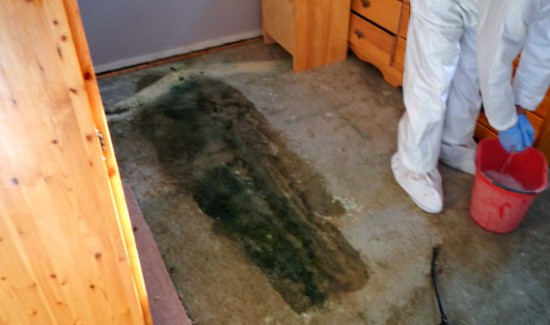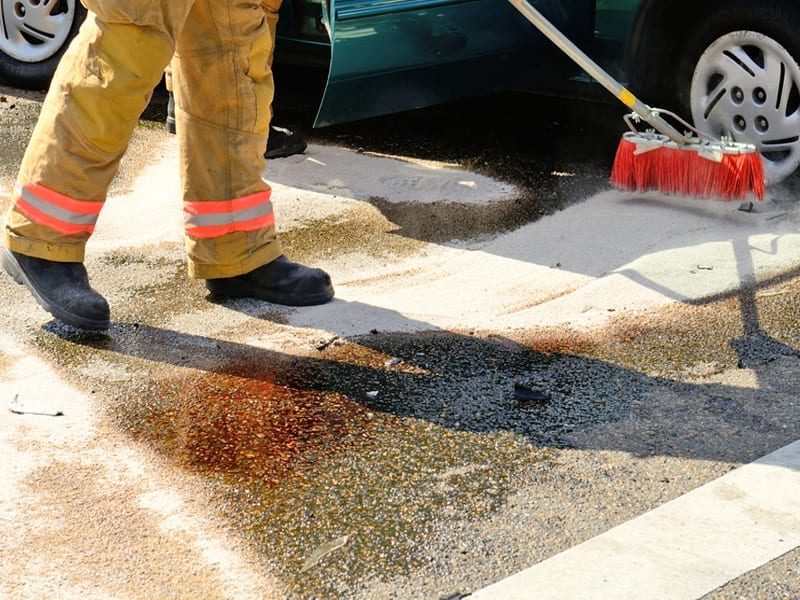Hoarder Cleanup Providers: Improving Order and Safety And Security in Your Home
Hoarder Cleanup Providers: Improving Order and Safety And Security in Your Home
Blog Article
Expert Biohazard Cleaning and Decontamination for Blood, Bodily Fluids, and Hazardous Materials
The possible health and wellness dangers connected with exposure to biohazards emphasize the crucial demand for meticulous handling and complete cleaning. As we navigate the complex landscape of biohazard cleaning, understanding the nuances of guidelines, conformity, and the specialized devices at play ends up being essential in making sure a secure and comprehensive purification procedure.
Health Risks of Biohazard Exposure
Direct exposure to biohazards postures substantial health threats that can result in severe consequences for individuals and neighborhoods alike. Biohazards include a vast array of organic materials, including blood, bodily fluids, mold, bacteria, viruses, and other potentially infectious products. When people come right into call with these biohazards, whether via crashes, inappropriate handling, or ecological direct exposure, they deal with the danger of contracting major diseases or illness.
One of the primary wellness threats related to biohazard direct exposure is the transmission of transmittable illness. Bloodborne microorganisms such as HIV, hepatitis B and C, and various microorganisms can be existing in biohazardous products, presenting a direct danger to human health and wellness. Inhaling airborne biohazards like mold spores or entering contact with contaminated surfaces can also lead to respiratory concerns, allergic reactions, and other unfavorable health effects.
In addition, biohazard direct exposure can have long-lasting health and wellness effects, with some illness showing up years after the initial contact (Blood Cleanup). Consequently, it is vital to prioritize correct biohazard cleansing and decontamination to minimize these health and wellness risks and make sure the security of people and neighborhoods

Specialized Educating for Biohazard Cleaning
When it concerns taking care of biohazard cleanup effectively and securely, specialized training plays a fundamental function in making certain proper decontamination treatments are adhered to. Biohazard cleanup requires certain expertise and abilities to effectively minimize risks linked with bloodborne virus, physical fluids, and hazardous materials. Experts learnt biohazard cleaning undertake extensive guideline on how to securely deal with, get rid of, and throw away biohazardous materials to avoid contamination and direct exposure.
Specialized training for biohazard cleaning covers a series of crucial subjects, including proper individual protective equipment (PPE) usage, bloodborne pathogen awareness, purification strategies, and unsafe waste disposal methods. People learnt biohazard clean-up are geared up with the required know-how to examine contamination degrees, determine potential risks, and implement appropriate cleaning treatments in compliance with regulatory standards.
Continual training and education and learning are critical in the field of biohazard cleaning to remain updated on the most recent purification innovations, safety protocols, and laws. By buying specialized training, biohazard cleanup specialists can successfully react to emergency situation clean-up situations and guard both public health and the setting.
Value of Proper Purification Methods
Making use of appropriate decontamination strategies is vital in biohazard cleanup to properly get rid of unsafe materials and minimize wellness risks. Reliable decontamination not just ensures the elimination of visible traces of blood, physical liquids, and other biohazards yet likewise targets unseen virus that may pose severe health hazards if not effectively eliminated. By adhering to strict purification protocols, educated professionals can significantly minimize the threat of exposure to hazardous microorganisms, infections, and microorganisms that could cause infections or diseases.
Correct decontamination techniques include making use of specific tools and disinfectants that are particularly designed to reduce the effects of biohazards effectively. Detailed cleaning and disinfection of polluted areas are important to stop the spread of pathogens try this web-site and make sure a secure environment for passengers. In addition, the right disposal of biohazardous waste adhering to decontamination procedures is vital in stopping contamination of various other surface areas or individuals.

Tools and Devices for Safe Cleaning
When dealing with blood, physical fluids, or hazardous materials, biohazard cleansing professionals depend on specialized equipment to minimize exposure threats and thoroughly decontaminate the afflicted location. Additionally, biohazard cleaning sets having disinfectants, absorptive products, and biohazard bags are made use of to safely get rid of and contain of contaminated products.
Advanced cleansing devices like hospital-grade anti-bacterials, HEPA-filtered vacuums, and fogging devices are used to disinfect surface areas and remove biohazards efficiently. Specialized devices such as sharps containers and biohazard garbage disposal containers are made use of to safely handle sharp great post to read things and biohazardous waste materials. By making use of the best devices and devices, biohazard cleansing specialists can make certain a thorough cleaning procedure that focuses on safety and security and decreases wellness threats for both employees and owners of the damaged room.
Rules and Conformity in Biohazard Cleansing
Correct adherence to laws and conformity criteria is extremely important in biohazard cleansing to make certain the safety and security of both employees and the setting. Federal government firms such as OSHA (Occupational Safety and Health Management) and the EPA (Epa) have actually developed details guidelines for biohazard cleanup treatments to minimize health threats and ecological contamination. These guidelines cover a series of elements including the handling, transportation, and disposal of biohazardous materials, as well as the necessary training and protective equipment needed for employees associated with the cleaning procedure.
Biohazard cleaning companies should stay up-to-date with these regulations to guarantee that their operations meet the required safety standards. Failing to abide with these laws can lead to serious consequences, including penalties, lawsuit, and endangering the health of individuals and the setting. By complying with stringent laws and conformity measures, biohazard cleansing business can effectively minimize dangers and make certain a safe and thorough clean-up process for all events entailed.
Conclusion
In verdict, biohazard cleaning and decontamination need specialized training, appropriate strategies, and adherence to policies. Direct exposure to blood, get redirected here bodily fluids, and unsafe materials presents substantial health and wellness dangers, making it essential to utilize the appropriate equipment and devices for secure cleanup. By complying with rigorous methods and guidelines, experts can properly mitigate the risks linked with biohazard exposure and guarantee the security of both themselves and others.
As we browse the intricate landscape of biohazard cleanup, comprehending the subtleties of laws, conformity, and the specialized devices at play comes to be critical in making sure a secure and thorough decontamination process. (Blood Cleanup)
When it comes to managing biohazard cleaning efficiently and safely, specialized training plays an essential function in making sure appropriate purification treatments are complied with.Using appropriate decontamination methods is important in biohazard clean-up to successfully get rid of harmful materials and reduce wellness dangers. Furthermore, biohazard cleaning sets including disinfectants, absorbent products, and biohazard bags are utilized to safely consist of and dispose of contaminated products.
Federal government companies such as OSHA (Occupational Safety and Health Administration) and the EPA (Environmental Protection Company) have developed details guidelines for biohazard cleaning treatments to decrease wellness risks and environmental contamination.
Report this page